-
Posts
7,973 -
Joined
-
Last visited
Content Type
Profiles
Forums
Gallery
Events
Posts posted by Louie da fly
-
-
Thanks everybody for the likes.
Druxey, thanks for that. I'm still heart-in-mouth about dampening and shaping the sail. I'll try it with the mizzen (the most disposable and easily replaced) before I try it with the other two.
10 hours ago, druxey said:As for anchor design; would there have been much if any change between the 12th and 14th centuries? My instinct is to use the slightly later design as your starting point.
Certainly the 14th century representations seem more reliable
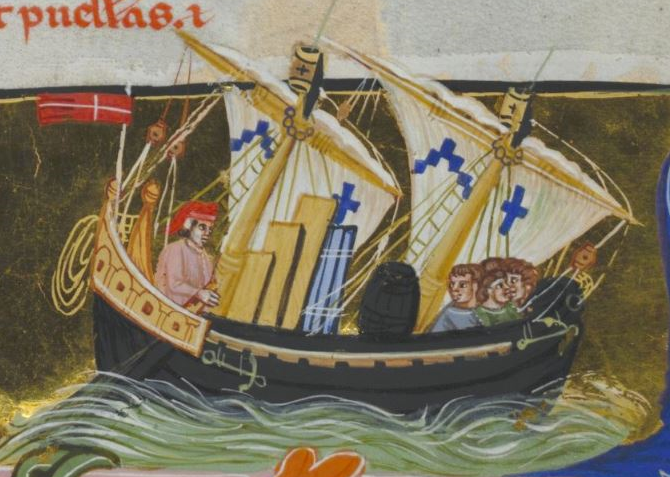
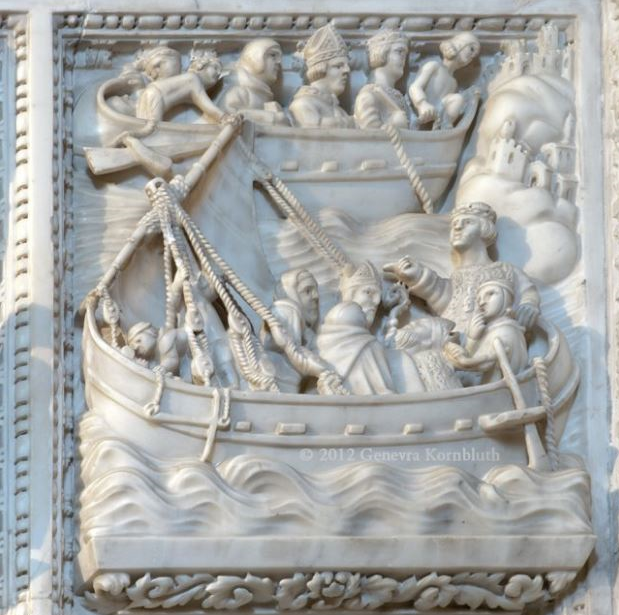
I'm inclined to go with the longer shank - and the flukes. Interestingly, neither of the examples above show the stock (perhaps it was only put in place when they were planning to drop anchor, as otherwise it would get in the way?), and both have a ring at the lower end (presumably for fishing the anchor). But the stock on the San Marco example is definitely there, so I'll be following that.
3 hours ago, Baker said:But, the stones of the mosaic all seem to be the same size.
So the poor guy who placed the mosaic has little room to make something as small as the stock taper.My thought exactly.
Steven
- druxey, Cathead, Glen McGuire and 4 others
-
 7
7
-
Adding the bolt ropes to the edges of the sails. Glued to the edge of the sail with matt acrylic varnish. Much more fiddly than I'd expected. I had to do a short section, let it dry and then do another until I'd gone all around the outside. I discovered the assembly would then stick to the cutting board, so I needed to peel the section of sail and bolt-rope off each time I did this, otherwise it would stick fast and tear as I removed it. And I had to go back over it to repair the places where the rope hadn't adhered properly to the sail.
Now that's complete, I've started adding the mizzen sail to the yard with robands made of cotton sewing thread, using a needle to pierce holes in the sail and then tying a reef knot in each individual roband.
It turned out that I needed to glue the first thumb knot together and to the yard, then come back later and do the other half of the knot and glue it in place. Otherwise it would all come loose and untie itself. And by that time I'd forgotten which way I'd done the first part, so I think I ended up with a decent number of granny knots. Not to worry, though. At this scale you can't tell anyway.
I used a cunning mechanism (a clothes peg) to keep the top of the yard facing upwards so all the knots ran along the top.
Still in progress. Once they're all done I'll go back and trim the free ends back close to the knots.
And I'm just getting into designing the anchors. Though there are plenty of contemporary representations of anchors from the 14th century, I've been able to find only a single one from the 12th - in another mosaic in San Marco which appears to have been done about the same time. It shows three anchors at the bow - the arrow is pointing to the foremost one. I've worked out how big they would be and their proportions, but the shank looks terribly short to me.
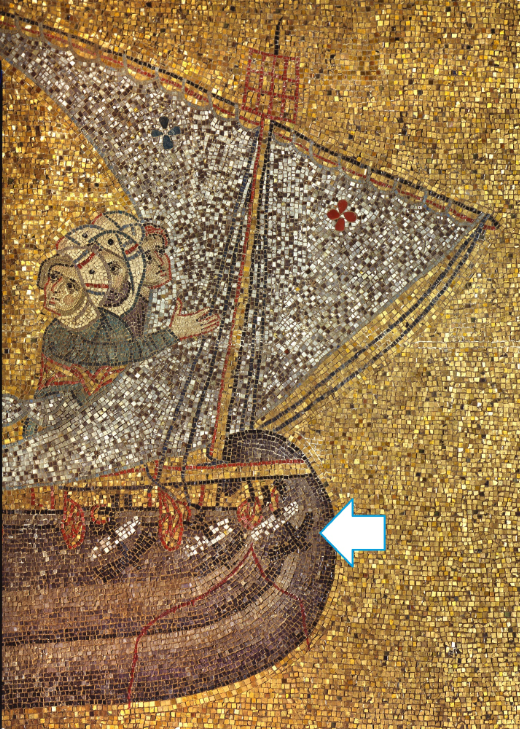
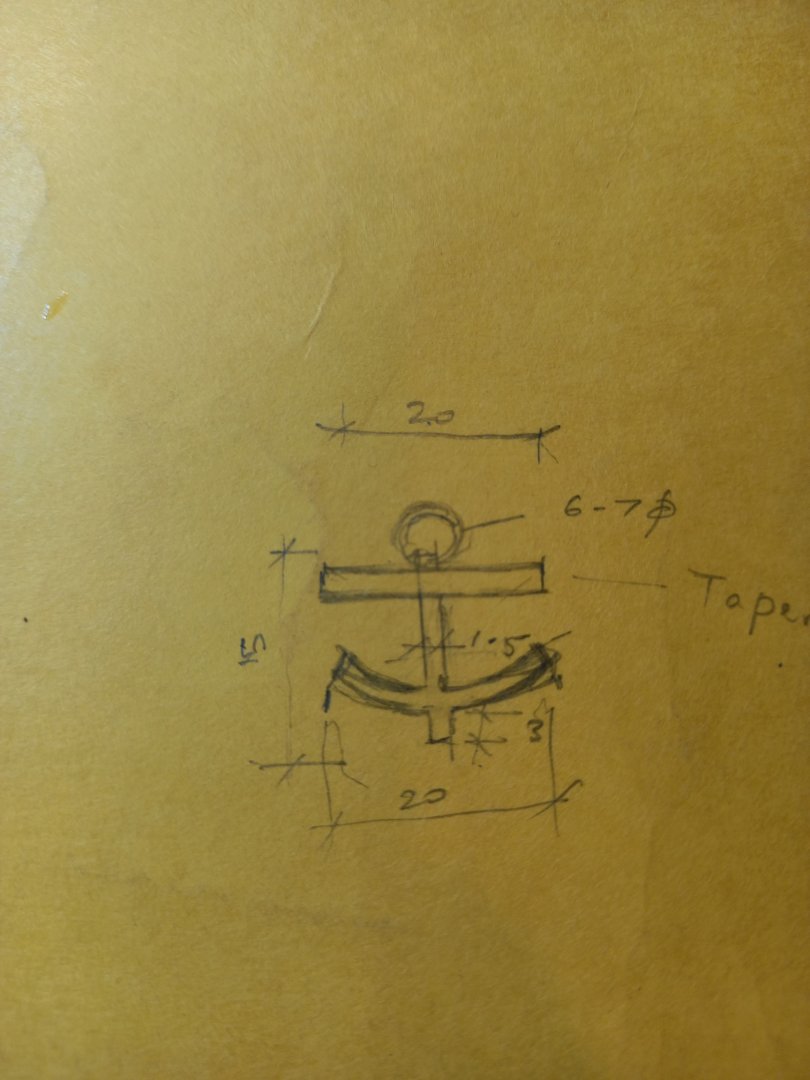
What do the rest of you think? Should I lengthen the shank? And also add flukes - it is, after all, pretty difficult to portray these on a mosaic - and for the same reason perhaps taper the stock as well?
Steven
- mtaylor, Glen McGuire, Mark Pearse and 9 others
-
 12
12
-
I think this is likely to be a difficult build, but if you have the passion and patience to stick with it, and ask lots of questions, you should be able to make a success of it. I've seen other people do equally difficult ships as their first build - it's mainly a matter of not giving up when it gets difficult, but persisting, getting help and advice and also recognising that you will make mistakes - it's part of the process, and not letting that stop you.
I'm pretty sure there are already build logs on MSW for the same model. Look at them carefully (you can access them via the Search bar at the top right of this page) and learn all you can from what others did. And ask lots of questions if you hit difficulty. With persistence I'm sure you will be able to produce a model you can be proud of.
Best wishes,
Steven
- Lohengrin, mtaylor, Scottish Guy and 1 other
-
 4
4
-
1 hour ago, Baker said:
The planking at the bow has been further sanded and fitted with treenails.
Sooner you than me, mate
 1 hour ago, Baker said:
1 hour ago, Baker said:"penultimate" A new English word for me (hopefully Mr. Google translate is correct 😳)
"Penultimate" = second last - the one before the last one.
"Antepenultimate" - third last - the one before the one before the last one. As in "her antepenultimate breath" at 2:04 in the Flanders and Swann song "Have Some Madiera M'dear"
-
-
Oh, I don't know. If Woolies was gone, Coles would effectively have a monopoly. But I'm sure they wouldn't take advantage if that to hike the prices up . . . (irony).
Back to the subject at hand. A-a-a-and - IT WORKED!
In the event, I used a coping saw to cut it off instead of a fretsaw. It seemed like a better tool for the job. Very much heart in mouth, with the lathe at the slowest speed and gently pressing with the saw as the work rotated.
But - voila! Success! (very pleased - I'd been very worried that sawing the wheel off the base would destroy it, but it's turned out just as I'd hoped.)
Steven
-
-
Pat, I may end up using a wider bladed saw. Depends what's available. But I also need very fine teeth if I don't want to destroy the thing.
I'm using toothpicks for the posts that support the awning - at least for the smaller model - and they work well. For the larger one, bamboo skewers or something similar.
Andrew, the NAAFI is of course famous from the Highly Esteemed Goon Show.
But with the motorised paddles and pool I really think you're asking a bit more than I had in mind . . .

Steven
- Glen McGuire, Canute, mtaylor and 2 others
-
 5
5
-
Coincidence - I was just watching a thing on TV of Martin Clunes (who lives in Dorset) and a self-described "lady novelist" doing the rounds of the county seeing places mentioned in various books (especially Thomas Hardy's novels). Beautiful place, Dorset. I missed out when I was in the UK - we went to Hampshire and Somerset but never got to Dorset. Looks like we need to go back sometime.
A paddlesteamer sounds really interesting. Have fun with it, and make sure you start a build log so we can see your progress. The people on MSW are very friendly and helpful, so don't hesitate to ask questions if you hit problems. And photos! Post lots of photos!

Steven
- mtaylor, Scottish Guy and Keith Black
-
 3
3
-
Keith, I intend to mount it back into the lathe and slice it off (carefully) with a traditional fretsaw (very fine blade) as the lathe turns.
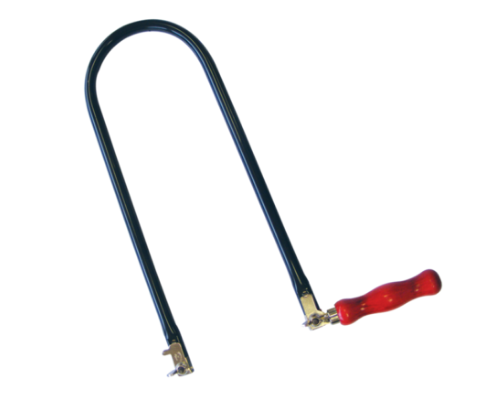
Steven
- Glen McGuire, Canute, GrandpaPhil and 1 other
-
 4
4
-
To me it looks better sailing, without the oars in the water. Nice work.
Steven
- Keith Black, Knocklouder and mtaylor
-
 2
2
-
 1
1
-
-
Here are 13 hulls, awnings and 'verandahs' (promenade decks?). And the thing with all the clamps on it is the promenade deck for the big model - I'm gradually adding planks; one or two each day.
Plus the deck fittings for the wheel and what I think is storage. And the wheel itself under construction. I cheated with this. I asked a fellow Men's Shedder to turn it on the lathe because I don't have the skills. You can see the little holes in the sides for the handles. Once they're in place I'll slice it off its substructure and we should have a wheel instead of a cylinder.
Steven
-
-
Glen, 'chuffed' means pleased. You can be mildly chuffed or extremely chuffed. I think they were near the top end of the scale. One asked me if it would be possible to get his yacht model repaired, others were very interested in the idea of selling the models to the public - lots of people come here from Melbourne and have a nice trip in the lake in the paddlewheeler. What nicer than to then buy a model of the boat?
Roger, I agree about the cost factor. The wood is donated - we have far more than we know what to do with, and the machinery to cut it to size. I'm hoping I can figure out a jig to make mass production easier.
Oh, and 13 is just the start!
Steven
-
Thanks for the likes and comments everybody. I got into preparing multiple 1:50 hulls today - I think I have about 13 made so far. But I only have half a dozen "verandahs" and awnings so far, so I've got some catching up to do.
Also working on the sort of roll-top desk thingy (see photo No. 3 in post #18 above) for the big model - it supports the wheel on the full-sized vessel, but I'm only doing the wheel for the big one. I have a cunning plan for how to make it. It remains to be seen whether it will work.
Pat, 3D printing would certainly save time and effort, but as I have absolutely no experience or equipment I expect I'll just build up the seats and gates with strips of wood (and they're free!)
Steven
-
I was invited to take the almost-complete 1:50 model along to the meeting of the Golden City Paddle Steamer Museum Society (the group of volunteers who own and run the Golden City) so they could have a look at it.
They were all very chuffed with it, thought it was brilliant, loved the idea of selling 1:50 models to visitors as a fundraiser. And wanted to know if the big (1:25) model would be ready to display in time for the "season" (they only run the full-sized one on the lake from October to April due to Australia being upside down and having winter in June.) I wasn't able to give a definite undertaking because of uncertainties in what problems might arise in building the big one, but just between you and me I think it's quite possible.
They even have a big glass display case (museum-sized) which they recently acquired and in which they plan to display it.
All rather positive. Now I actually have to deliver the goods!
Steven
- davyboy, GrandpaPhil, Mark Pearse and 6 others
-
 8
8
-
 1
1
-
That's looking very good. Quite convincing - I look forward to seeing the barrel once this process is complete
Steven
- tartane, hollowneck, thibaultron and 2 others
-
 4
4
-
 1
1
-
I've put quite a bit of study into guns of this period, and you're certainly on the right track. You might be interested in this gun from the Genoese ship La Lomellina which sank in 1516 (which I believe was probably built in 1503).

And this picture which I believe shows the Lomellina's predecessor, which sank in 1503, as it is flying the flag of the Lomellini family, and which has some interesting cannons.
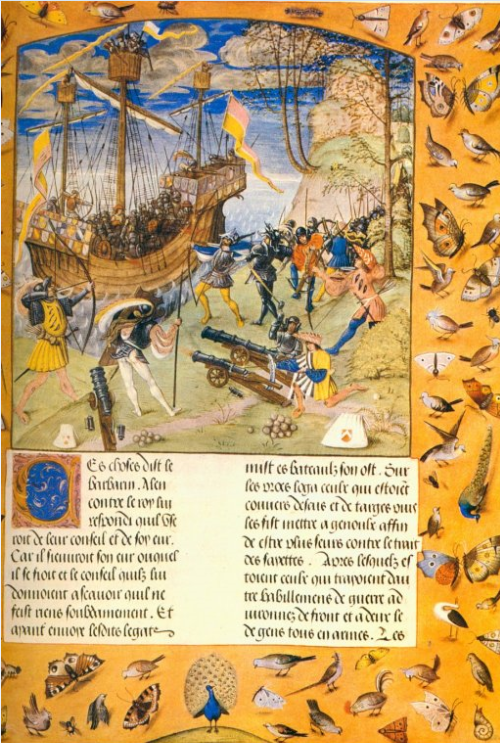
Steven
-
On 3/21/2022 at 9:03 AM, Ras Ambrioso said:
It is an amazing story combining the Joseph Conrad’s book: ”Heart of Darkness” with the Humphrey Bogart’s movie: “The African Queen”
I believe this must be the original inspiration for C.S. Forester's book The African Queen, on which the movie is based, except that the director, John Huston, changed the ending.
In the book the African Queen doesn't sink the Königin Louise - instead she is lost on the storm and Rose and Charlie's quest fails. Then two fast motor launches with quick-firing guns, transported overland to the lake, out-manoeuvre and sink the German ship.
To be honest, I prefer the movie ending. As well as the superb work by Bogie and Kate, who did a beautiful job of portraying two ordinary people (Rose has become resigned to her role as the support for her mediocre brother, and Charlie is a silly weak little man) who fall in love and together achieve something magnificent.
Steven
- mtaylor, GrandpaPhil and Keith Black
-
 3
3
-
It's good to see this project back again after a long break. I'm looking forward to seeing further progress.
Steven
- mtaylor and Glen McGuire
-
 2
2
-
Thanks Roger. That's my opinion entirely. A lot of this is educated guesswork based on (extremely!) inadequate source material. Of course we can't be sure it's all correct, but a lot of the fun is in the investigation of source material and speculation as to how it could be done, given the pictorial evidence (often affected by artistic licence), the archaeological evidence (often frustratingly incomplete) and the practicalities of sailing a wooden vessel.
And if later evidence proves one of the guesses wrong, one still has the satisfaction of having done the best one could with the information that was available at the time.
So, on to current progress. Shrouds and halyards in place, but only the foremast shrouds have been finalised.
I really do need to clear my workdesk before I take photos!
I made new silkspan sails - I wasn't happy with the first iteration. This time I made them oversize and folded the edges over instead of gluing strips of silkspan to the edges. The cross was painted on with Tamiya acrylic paint. I needed two coats for the "face" side and one for the other side. Considerably happier with the second version.
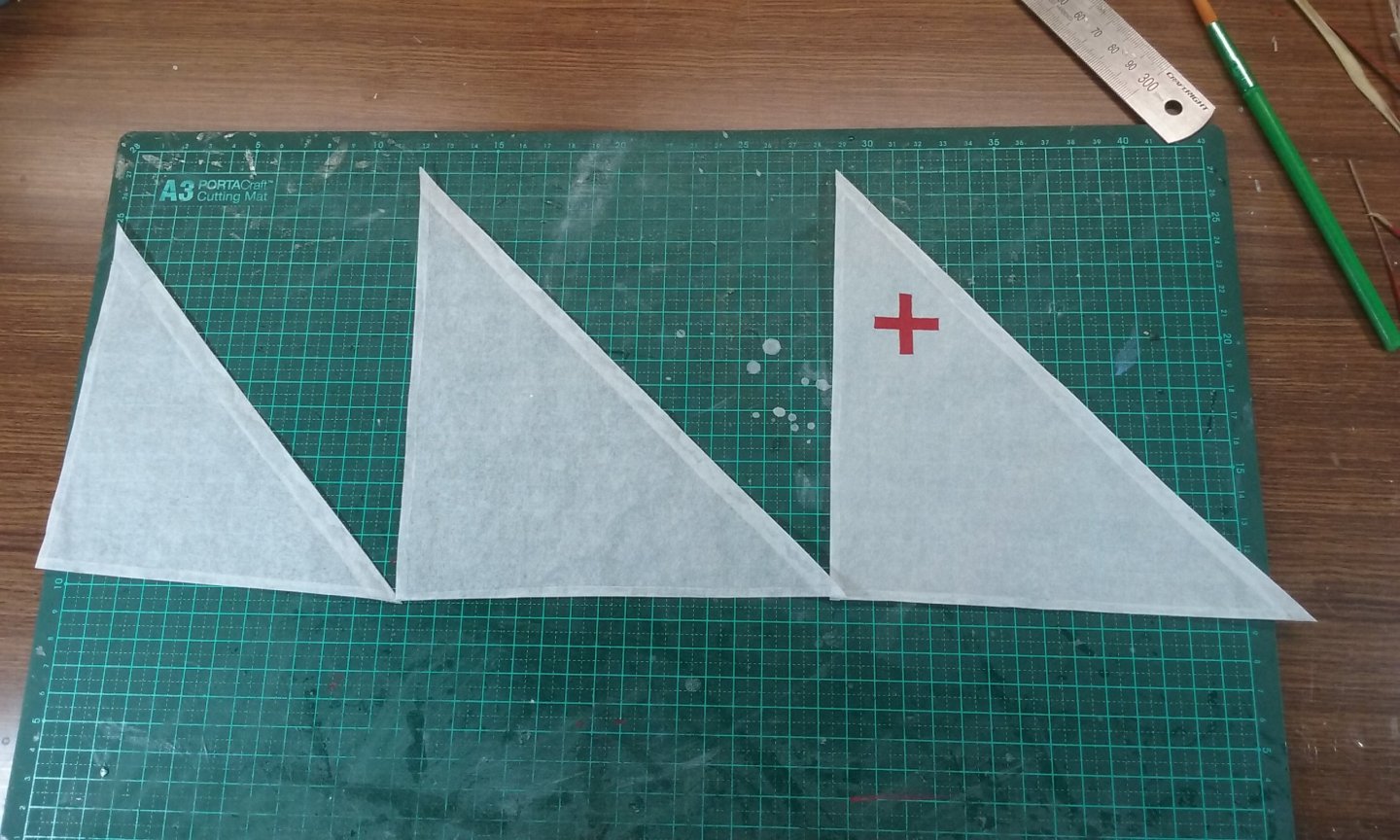
And I've added the blocks to the yards - for the tacks at the lower ends and the vangs at the upper.
Druxey, if I might pick your brains - how did you attach the bolt ropes to your silkspan sails (they look particularly good)? And the robands?
Steven
- Baker, Mark Pearse, Cathead and 8 others
-
 11
11
-
Very sorry to hear that, mate. I can only send you my best wishes.
Steven
- mtaylor, Cathead and Scottish Guy
-
 2
2
-
 1
1
-
That's ok. Take your time and concentrate on getting well.
And when you get the time, you'll probably find the diorama work is good therapy in your recovery.
Steven
- Cathead, Knocklouder, mtaylor and 1 other
-
 4
4



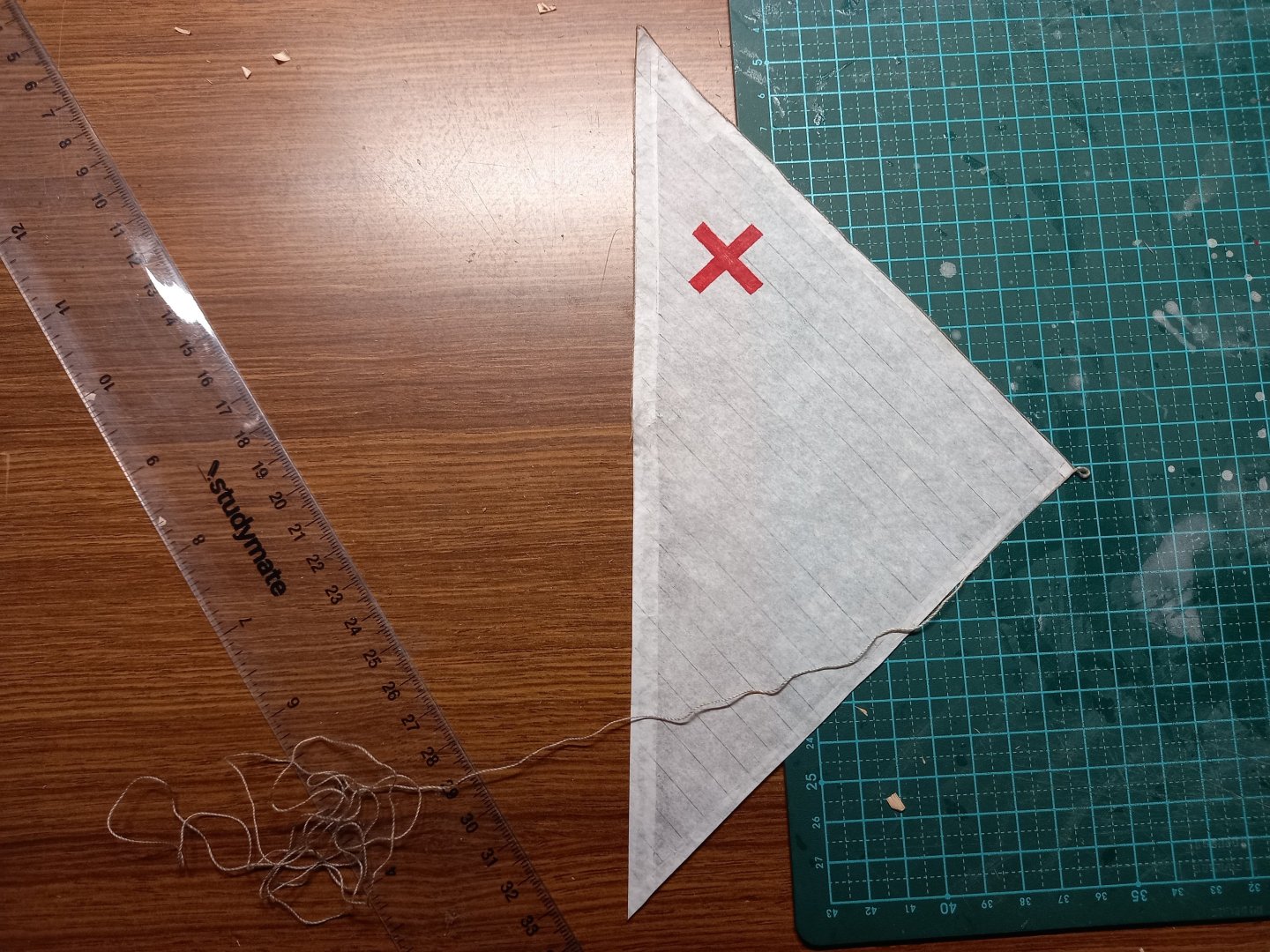
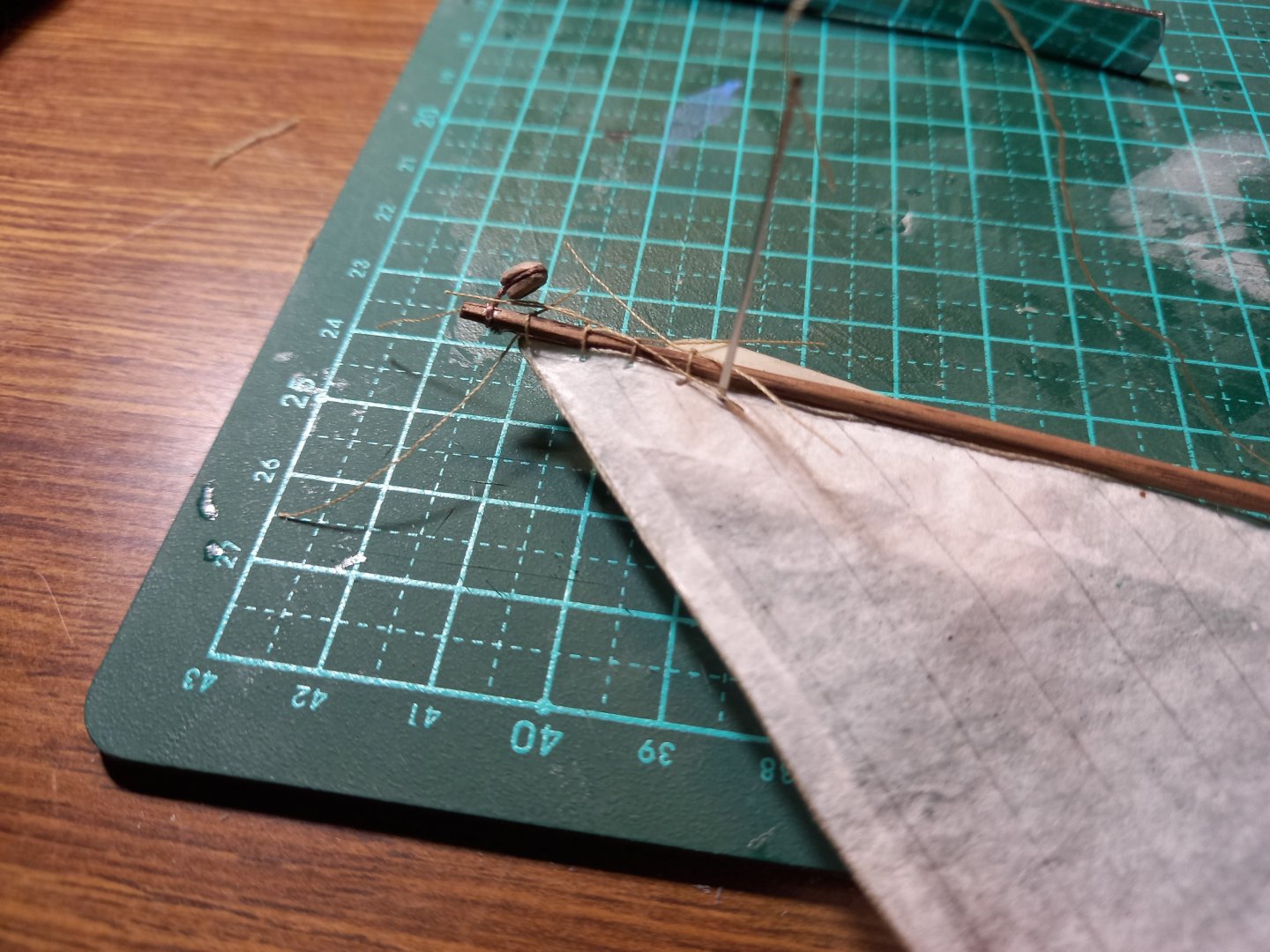
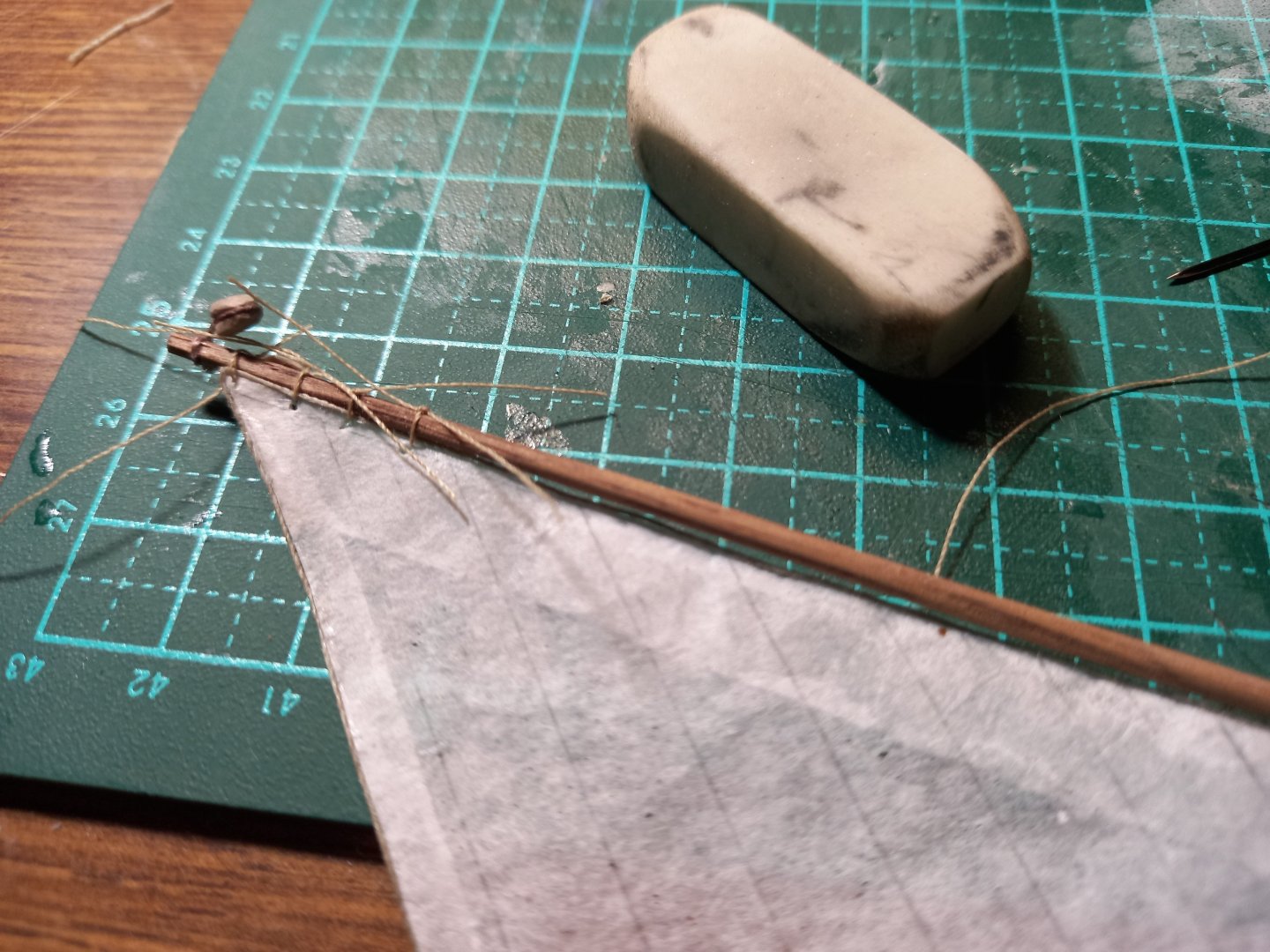
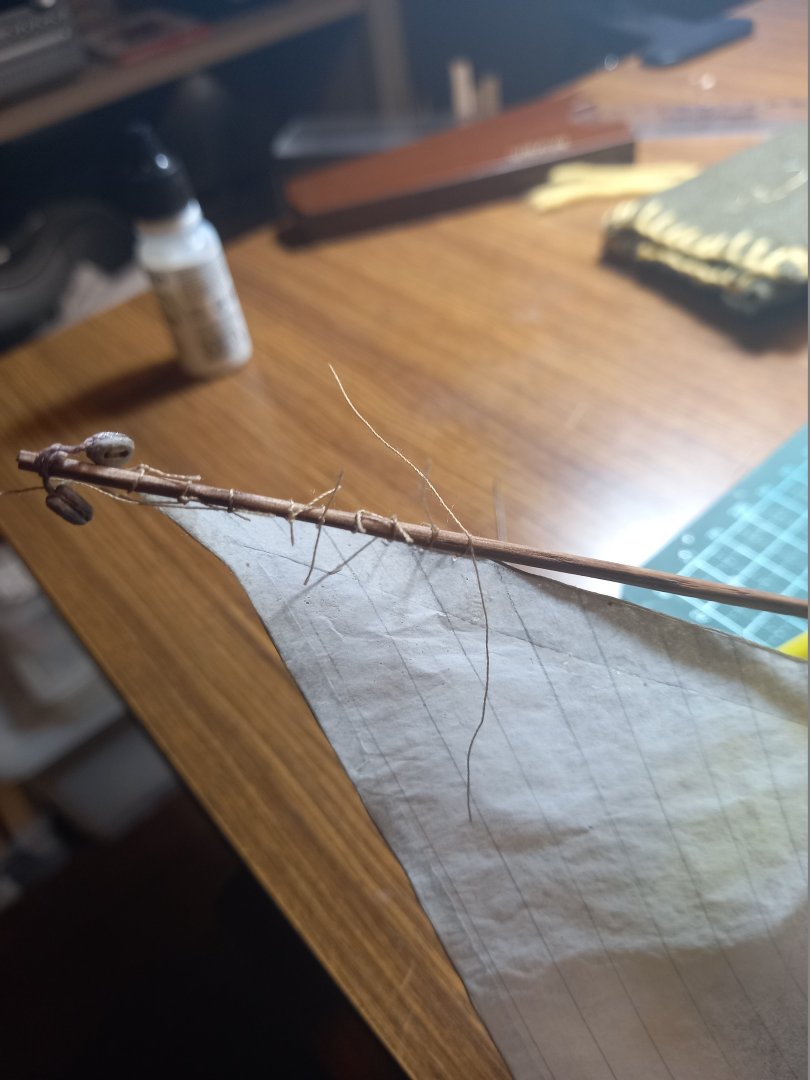
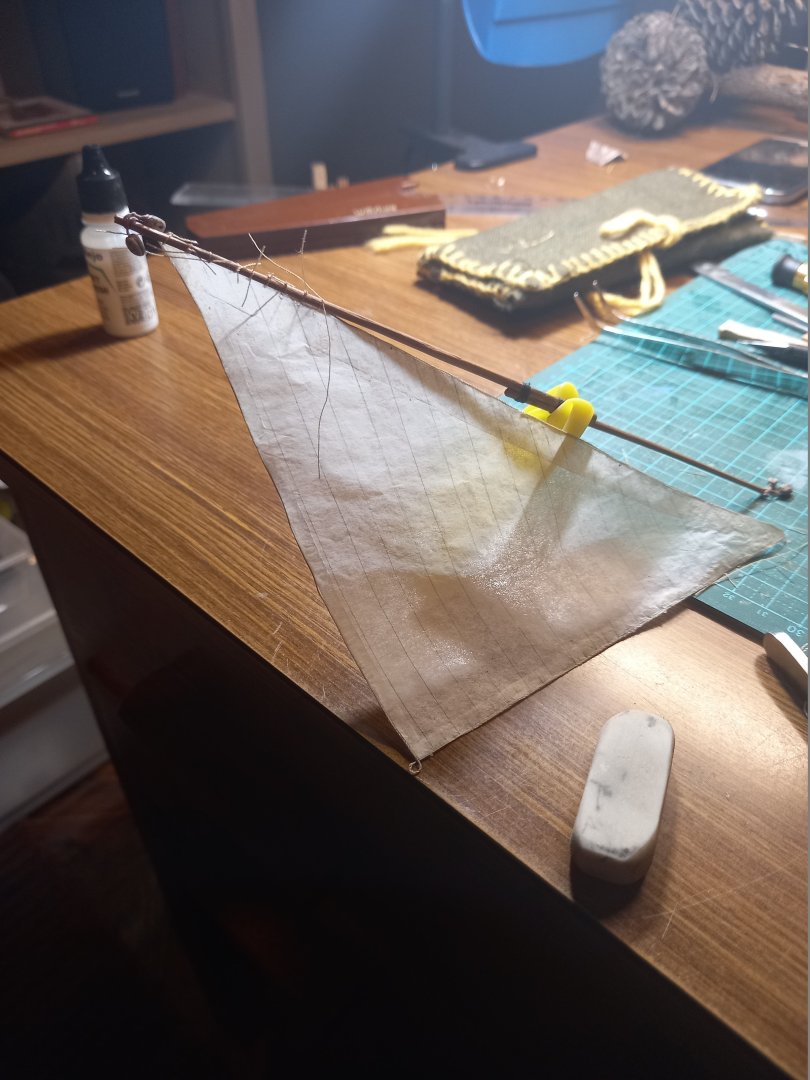
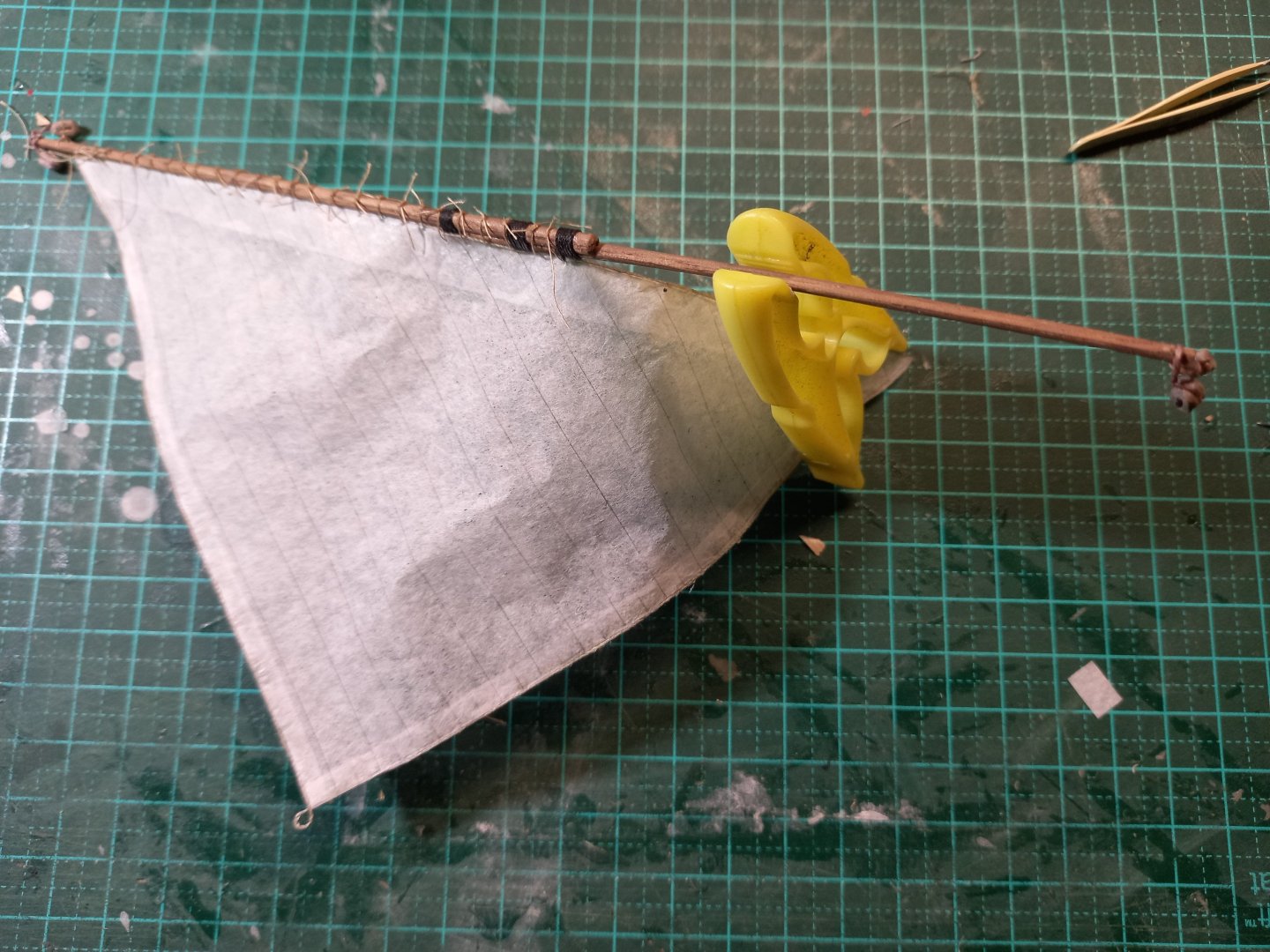
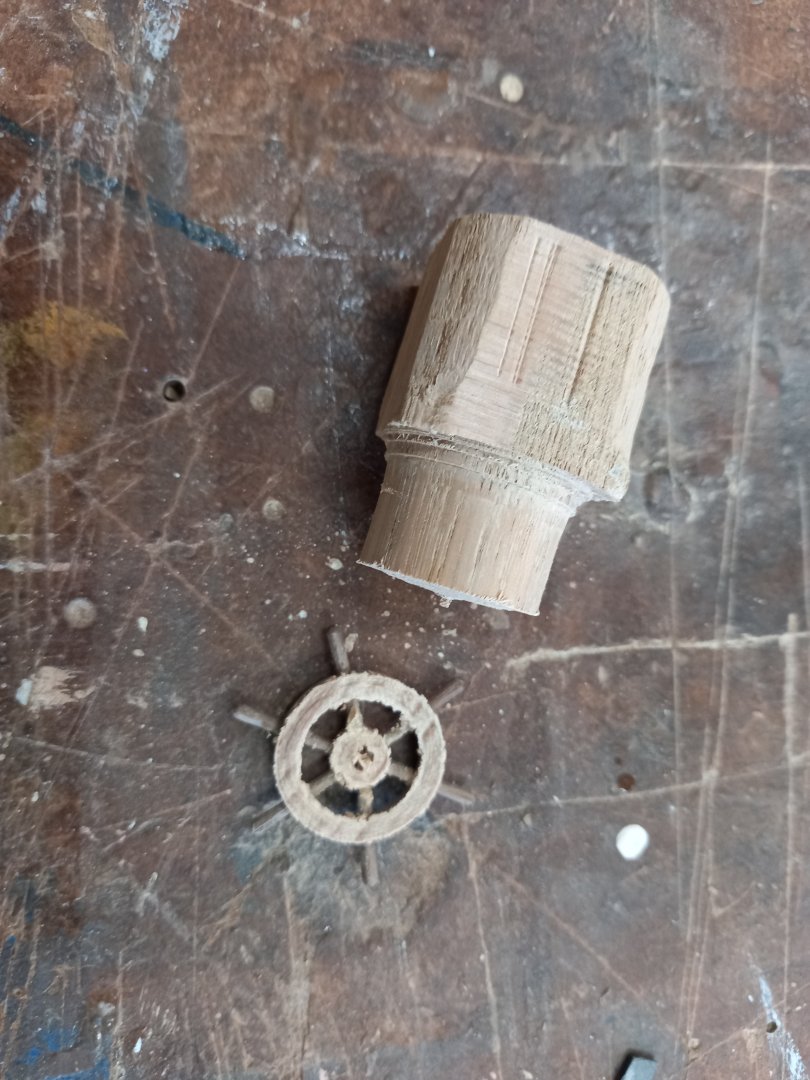
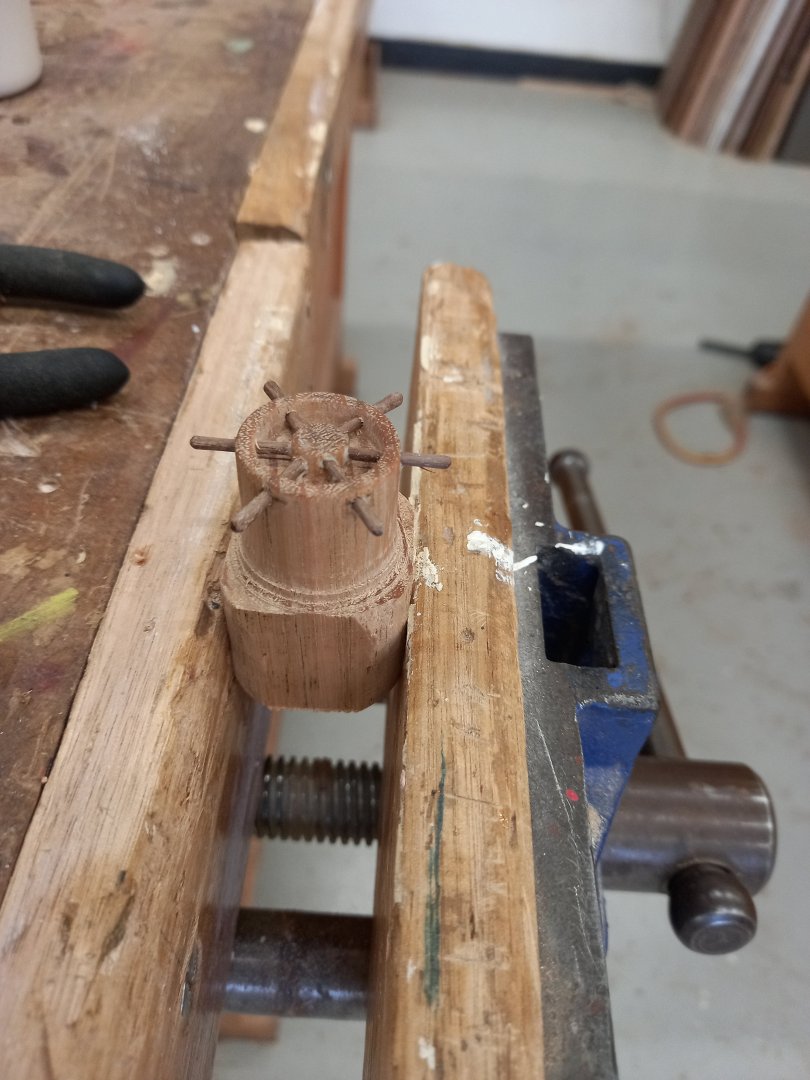

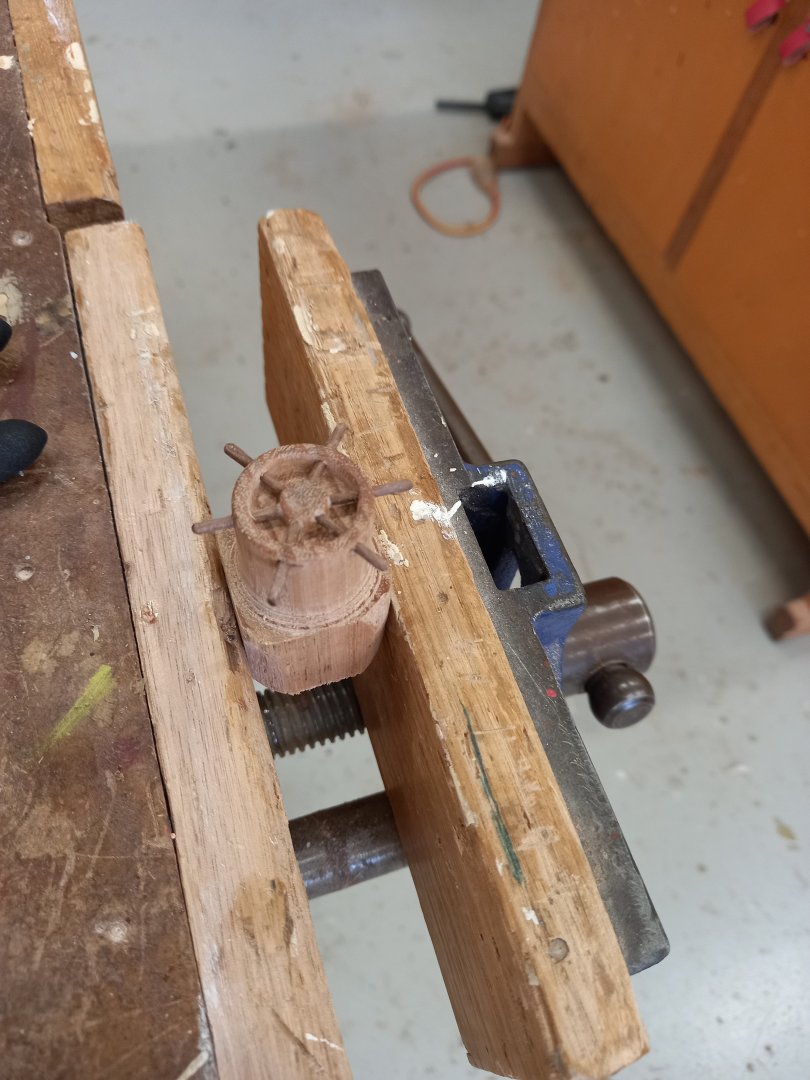
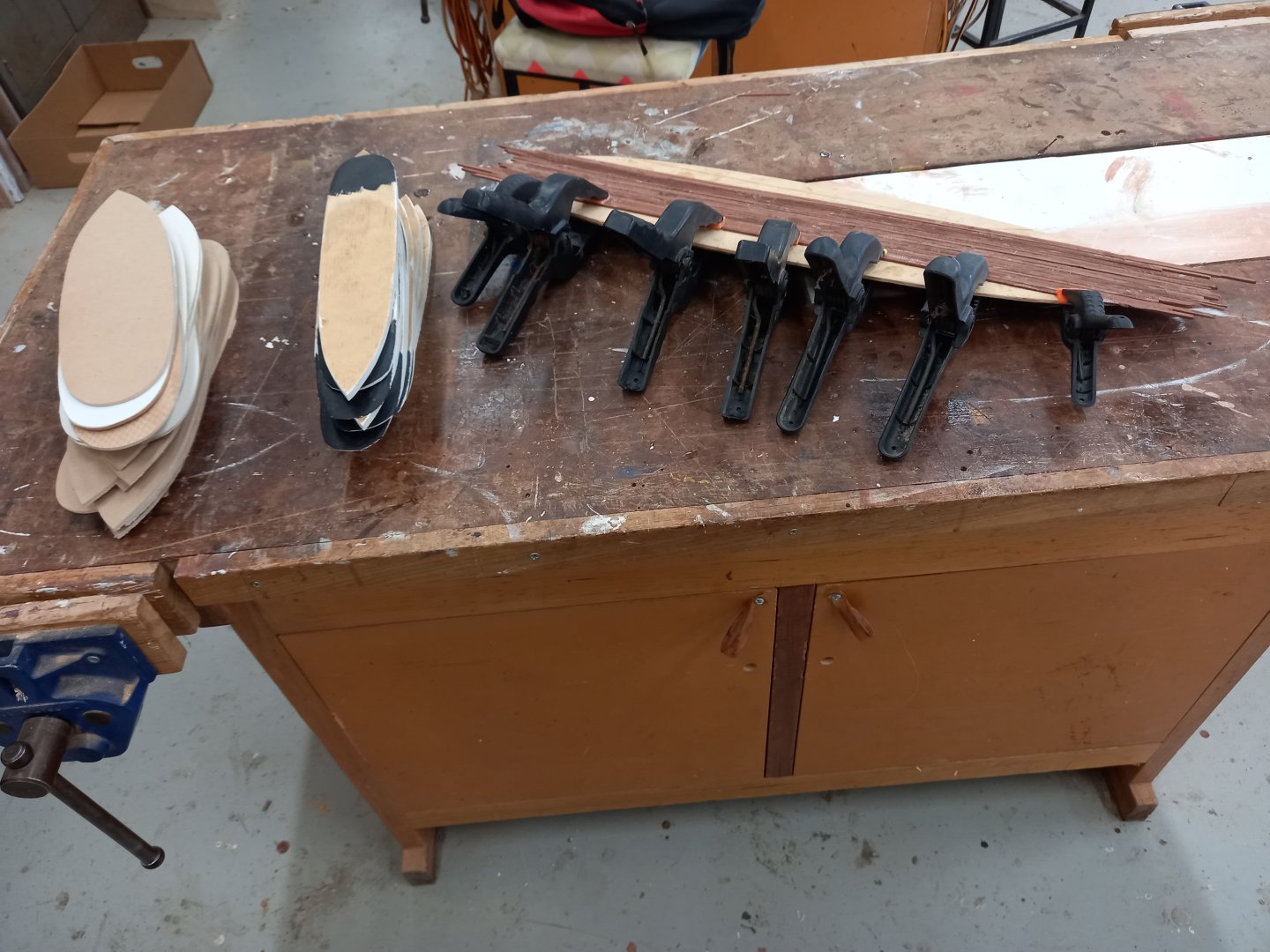
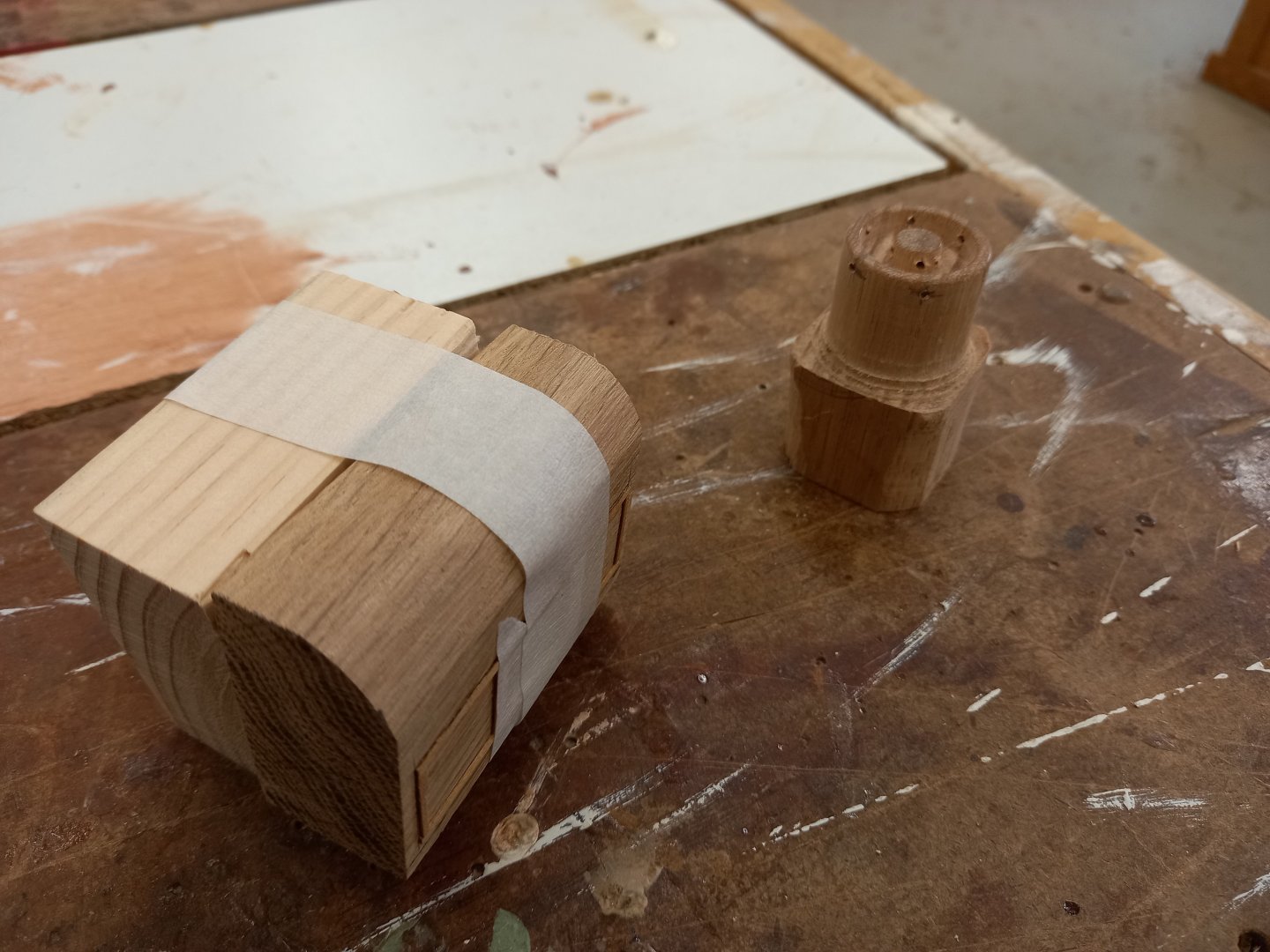
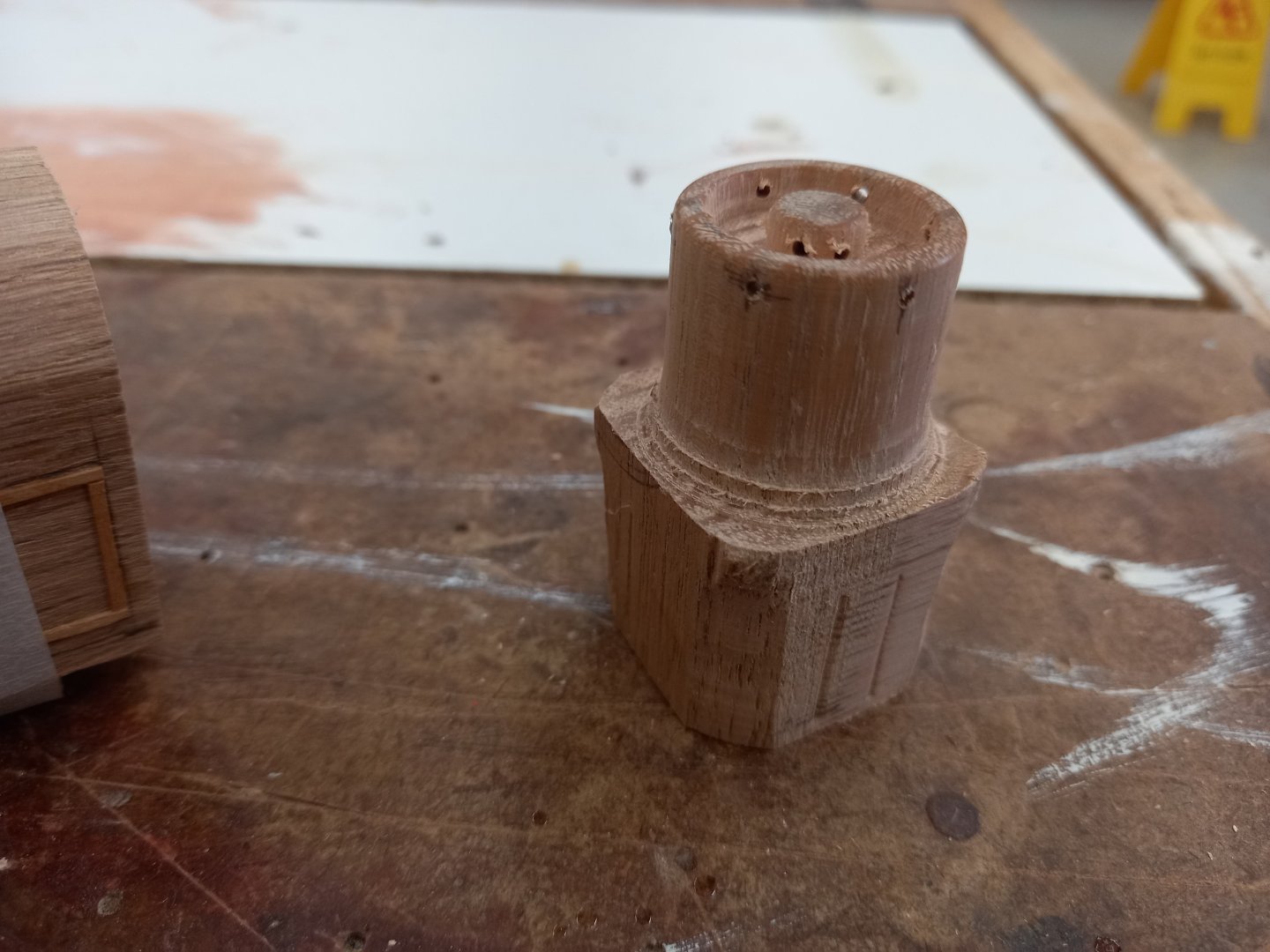
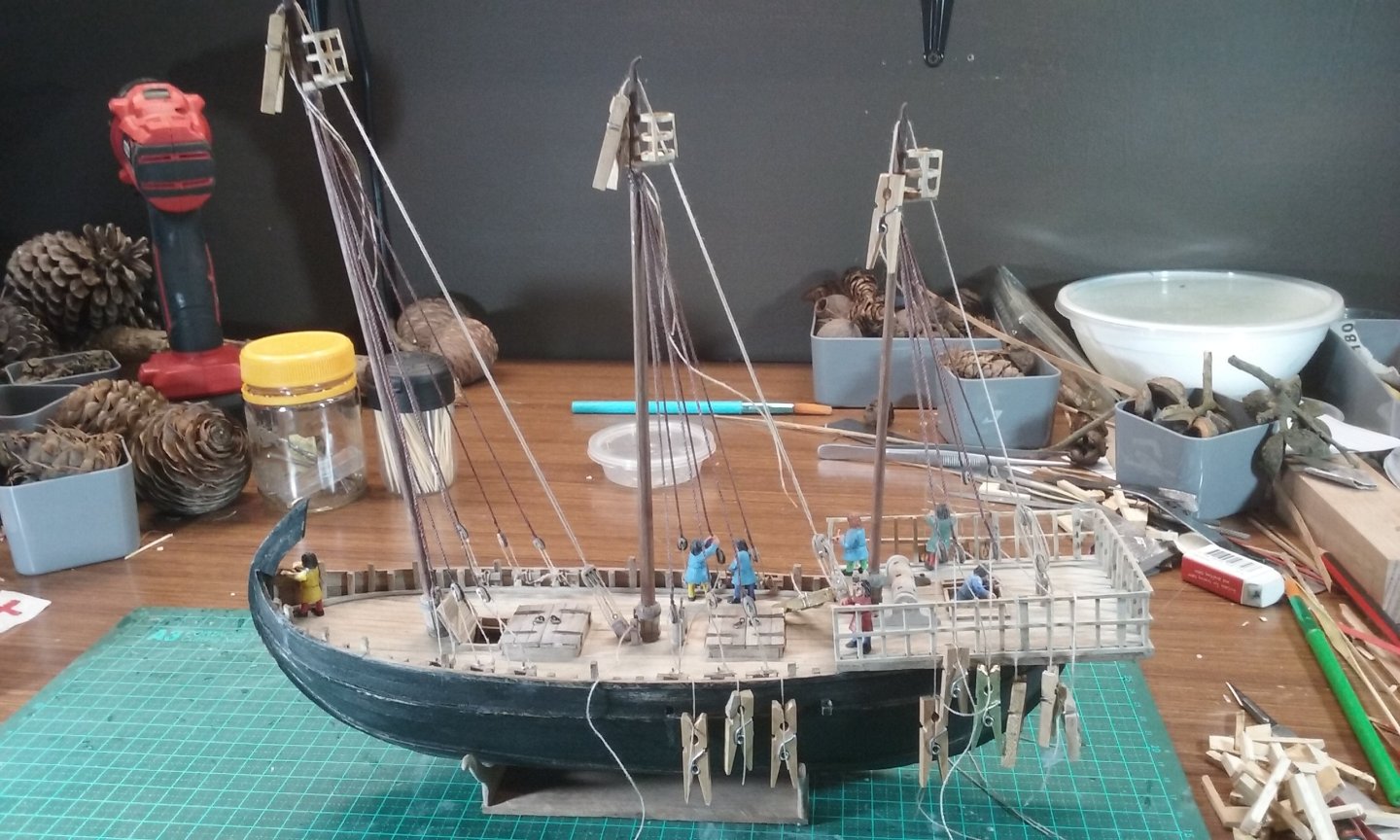
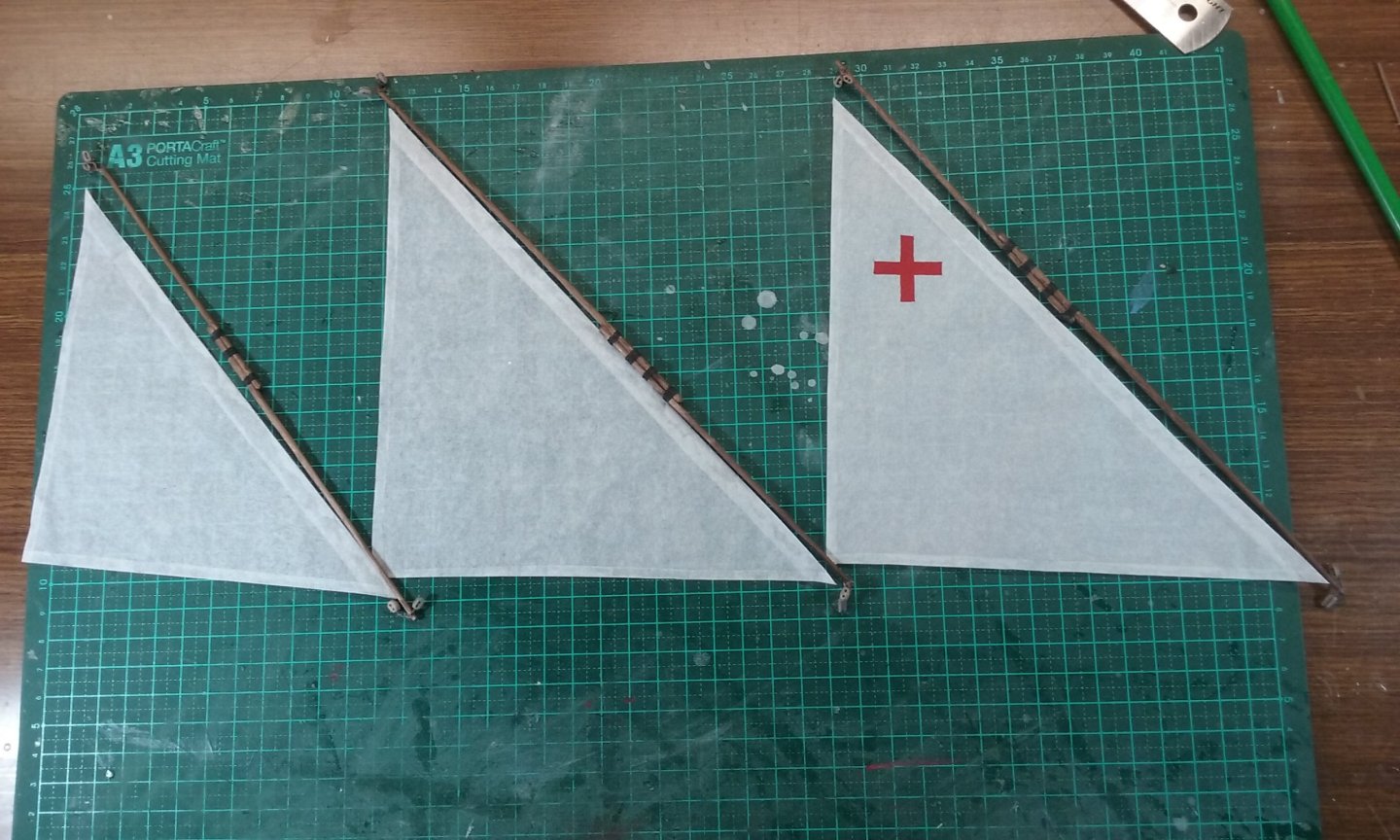
The San Marco mosaic ship c. 1150 by Louie da fly - FINISHED - 1:75
in - Subjects built Up to and including 1500 AD
Posted
Oh, yes. I was assuming that. As you correctly surmised the diagram was just to work out proportions.
Steven